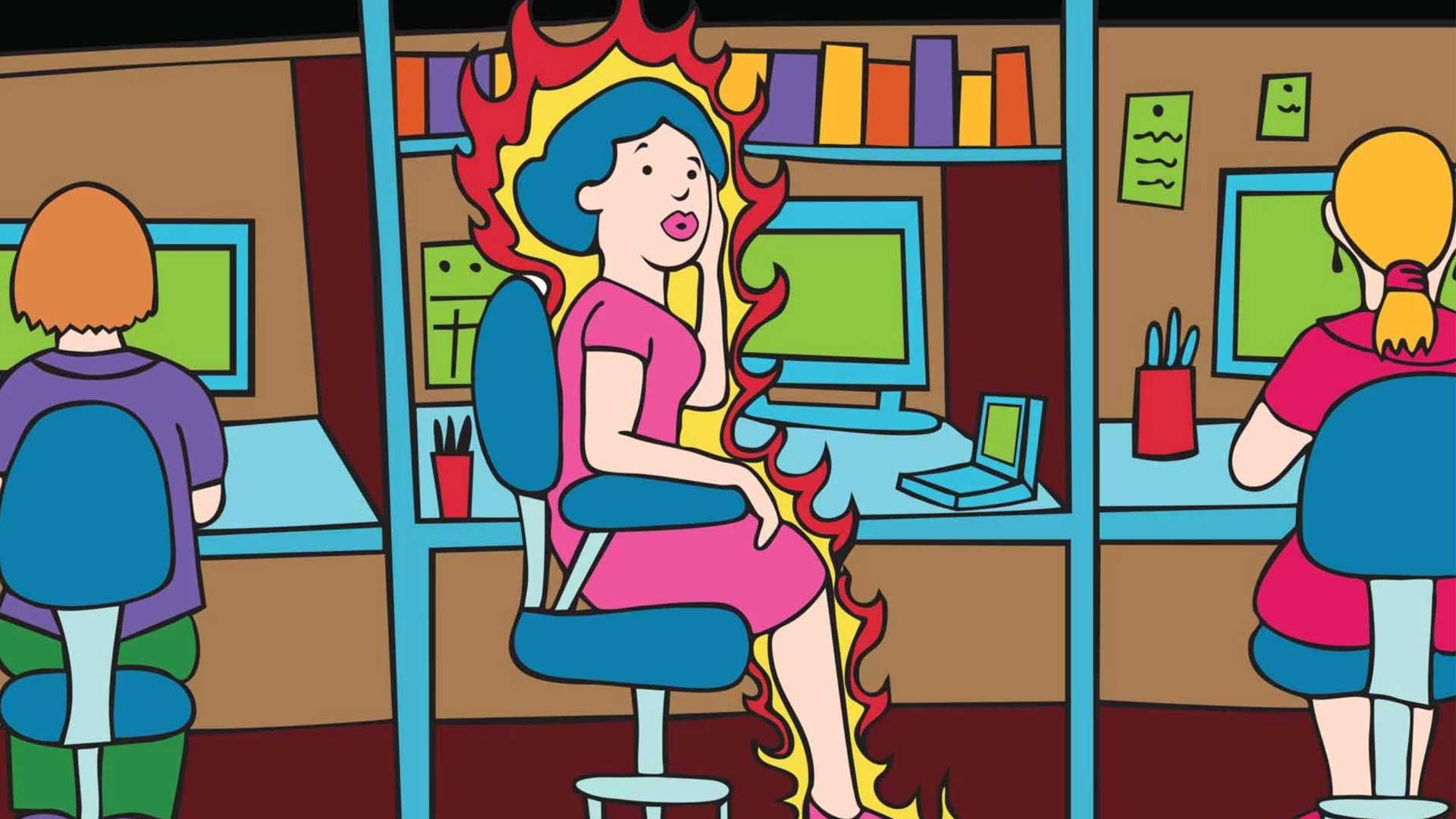10 ways to encourage creativity in your classroom - and why you should

Are you looking for the next Philip Pullman or Frieda Kahlo? Or is it something different? In this blog post, Victoria Maitland shares her 10 top tips for encouraging creativity in your classroom and, most importantly, why you should.
Creativity in your classroom - the art of the possible
Albert Einstein may not be immediately known for creativity, but it was he who said, “Creativity is intelligence having fun”; food for thought indeed. After all, creativity isn’t just art, drama, music and stories. There are many different ways of being creative.
Expressiveness and innovation help us think outside the box and explore new ways of problem-solving. It is the art of the possible. An engineer needs to think creatively to consider sustainability just as much as a theatre producer needs to creatively solve problems of budgets and heritage constraints. Teaching and education in themselves are incredibly creative.
I recently heard a colleague say he was seeing many graduates who were incredibly articulate and skilled but disconnected from exploring different ways of working. Whether or not this is the foreshadowing of many creative pursuits being removed from the curriculum remains to be seen but nevertheless, it’s clear creativity really is important for all of us and should therefore be given a central spotlight in the classroom.
The school environment is the perfect place to foster creativity because the kids already have it in droves!
Why creativity is important
When you think creatively, you encourage energy, engagement and excitement about learning. Exploring tasks by focusing on a range of solutions can leave you feeling like a detective, an investigator or a journalist, rather than someone who needs to get things right. It can sit right at the heart of creating motivation and drive in students.
A daily dedication to creative thinking can also help in a world struggling with mental health issues. With this focus, the school culture can become more comfortable with self-expression, talking through problems in order to solve them and reflecting on how successes and failures have gone.
Furthermore, it allows pupils to make links between subjects and form a rounded view of how things and people work together.
It’s not all about turning every lesson into a drama game either. Here are 10 top tips for encouraging creativity in your classroom:
10 ways to encourage creativity in your classroom
-
Mix up your teaching styles – can you go outside for the day? This helps children see learning as part of the world and not get too stuck in a routine of expectation.
-
Embrace humour – comedy is creativity and positivity. Promoting joy through creativity in the classroom has a plethora of positive effects.
-
Give students a chance to explore a task in their preferred method. Would they rather present their learning through a drawing? A diary? Or a drama piece? Allow children to express their thoughts in their ideal presentation style.
-
Study different world views – by looking at different cultures, religions and upbringings, children can embrace thinking differently and celebrate the diverse contributions that people around the world make.
-
Reward alternative thinking – recognise that sometimes voicing a different opinion can be scary. To dare to say something different is incredibly brave and can be celebrated.
-
Incorporate light-hearted questioning for which there is no right answer – this will encourage a fun, silly approach to thinking differently. Try a few of these - what colour is this music? What do a tiger and a telephone have in common? What would your superpower be?
-
Celebrate mistakes. Trust and safety need to be central in a creative environment in order to give each other the courage to work differently.
-
Understand that creativity needs some work. Rather than a single surprise Eureka! moment, we are looking for imagination, exploration, reflection and then re-imagining all over again.
-
Share your own passions with the students - be it mathematics, drama, ecology or painting – to see a dedication to the pursuit of things you enjoy can be incredibly contagious and inspiring.
-
Regularly reflect and evaluate – ask children to think through how things have gone and invite them to see the range of possibilities they could have followed in a given circumstance.
Ursula Leguin said, “the creative adult is the child who survived.” So perhaps, in addition to this, you should also take some time to learn a few lessons from the children you teach and get your creative juices flowing.
Good luck!
If you’d like further support to encourage creative ways of thinking in your classroom, why not take a look at our wide range of INSET and pupil workshops?














